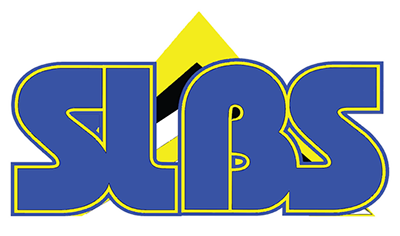ISO 5667-24:2016 provides an audit protocol to monitor conformity with declared, or assumed, practices in all areas of water quality sampling. Specifically, this part of ISO 5667 provides guidance on the systematic assessment of sampling practices and procedures in the field, and assessing conformity with those given in the organization’s sampling manual. It is applicable to the audit of sampling activities from the development of a sampling manual through to the delivery of samples to the laboratory.
NOTE 1 The design of the sampling manual is the prerogative of the data user and this part of ISO 5667 is not intended to deliver criticism of a manual’s structure.
ISO 5667-24:2016 is applicable to sampling practices associated with wastewaters, including discharges to water bodies, environmental monitoring, potable water supplies from source to tap, commercial and industrial uses of water, and power generation.
ISO 5667-24:2016 is applicable to the auditing of sampling practices relevant to the management of water stored in containers, such as temporary supply tanks and bottled supplies. However, it is not applicable for the auditing (or calibration and maintenance) of on-site test equipment or kits.
NOTE 2 BS 1427 covers water test kits used “in the field”.
The following sampling occasions are excluded from both the field- and desk-audit procedures set out in this part of ISO 5667:
a) chemical and microbiological incidents, which are investigated by agencies such as the emergency services, e.g. where an immediate risk to the health of the sampling practitioner/operative is evident;
b) radiochemical sampling of water quality, other than that specified as a routine requirement under the UK Water Supply (Water Quality) Regulations,[9][10][11][12] i.e. radiochemical incidents which are investigated by agencies such as the emergency services.
Informative Annex A contains a series of forms to assist with auditing. These are for guidance only. Informative Annex B gives procedures for monitoring temperature control, while Informative Annex C provides guidance on measuring the uncertainty associated with sampling practices.
Publications
SLNS/ISO 5667-24:2016
$0.00
Water quality — Sampling — Part 24: Guidance on the auditing of water quality sampling
| Compulsory | No |
|---|---|
| Pages | 97 |
